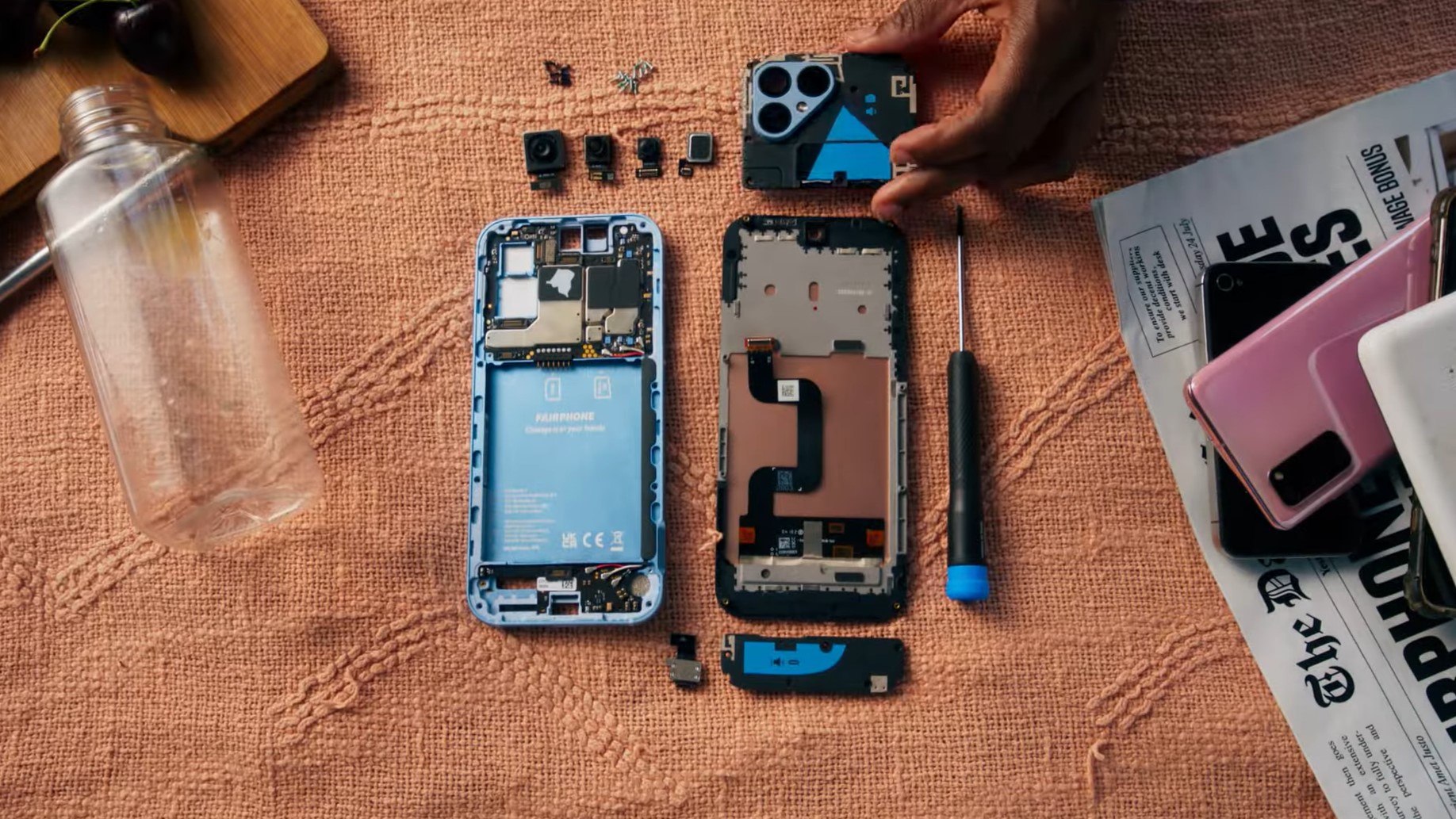eero Beacon vs. Google Wifi: Which should you buy?
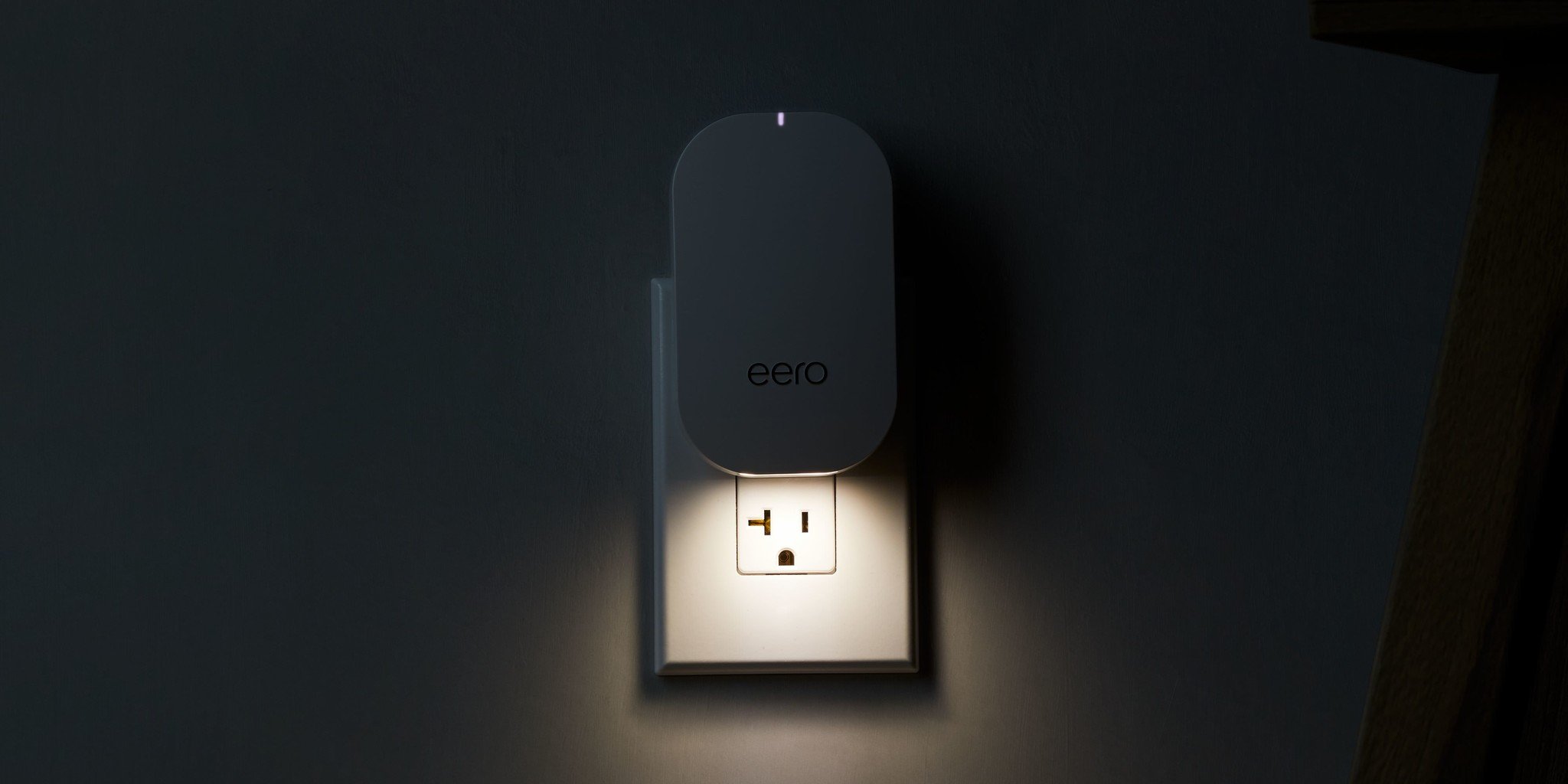
Eero Beacon
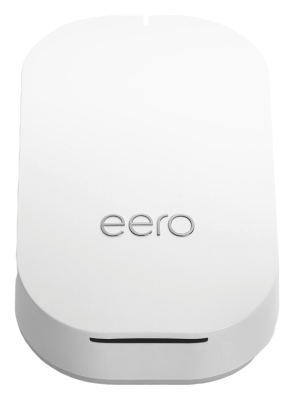
When it comes to expanding your mesh, the Eero Beacon is a compact node that's easy to place. It plugs directly into the wall and supports a dual-band connection with 802.11ac Wi-Fi. The Beacon works with all other Eero mesh systems, making it a great fit for any existing Eero mesh if you need a bit more coverage.
Eero Beacon
Easy to place
Google Wifi
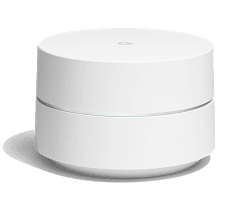
Google Wifi provides a solid start to a mesh network or a great option if you want to expand an existing Google Wifi or Nest Wifi-based network. It's a great fit for an entertainment center or computer desk thanks to its dual Ethernet ports that make getting your wired devices connected a breeze while improving Wi-Fi.
Google Wifi
Can work alone
Google Wifi has one significant advantage over the Eero Beacon in that it can operate as a standalone router. If you're looking to build an Eero mesh network from scratch, you'll first need to have an Eero or Eero Pro router. If you're just looking to expand your existing mesh, the Eero Beacon makes it as easy as possible with a simple plug-in design and a night light that makes it the perfect addition to a hallway. The Google Wifi needs a bit more space but it can be easily integrated into most rooms with a spare outlet and a little space on a shelf or table.
Filling in the gaps
One of the best reasons to go with a mesh network over a traditional wireless router is its ability to expand to fit any home. While a powerful antenna-laden router can brute force a wireless signal to most of a house, it takes up a lot of space and should be placed in the center of everything. Regardless of your router, things like HVAC systems, large appliances, or even thick walls can cut your signal down. Mesh systems can work around these problems by increasing the signal as needed with a great deal of modularity.
If you already have a mesh system in place, your expansion options will be limited to the same family as your existing infrastructure. If you're planning your mesh, it's worth noting that Eero has a greater variety and the Eero Beacon can give your network a boost without running wires or needing somewhere to store or mount it. Google Wifi acts in much the same way when used as a node but it is designed to sit on a flat surface, making it a poor fit for a hallway or tight area.
| Header Cell - Column 0 | Eero Beacon | Google Wifi |
|---|---|---|
| Coverage | 1,500 square feet | 1,500 square feet |
| Wi-Fi | 802.11ac dual-band | 802.11ac dual-band |
| Potential Speed | Undisclosed | AC1200 |
| Requirements | Eero AccountEero App for Android or iOS | Google AccountGoogle Home app for Android or iOS |
| Ethernet ports | None | 2 |
Wireless speed
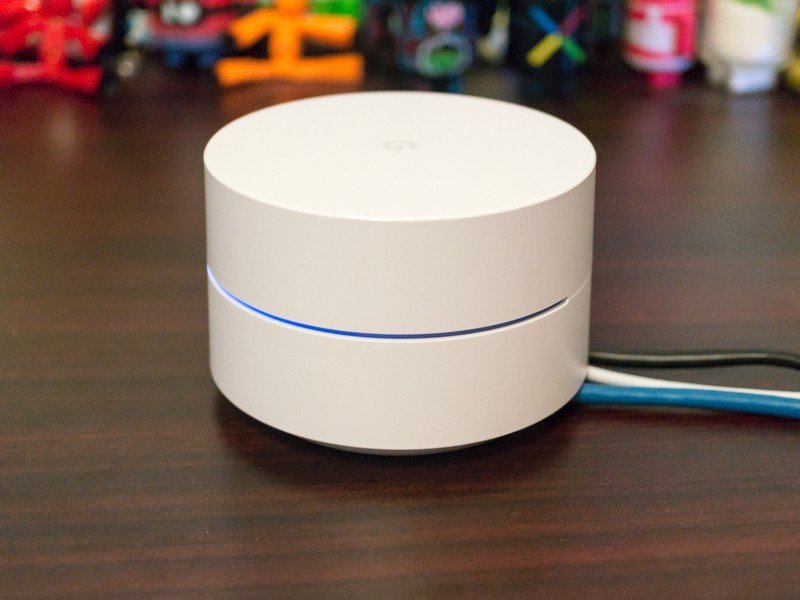
How much Wi-Fi speed do you need before you start getting diminishing returns? If you're looking to max out a gigabit fiber connection, neither of these routers are going to be able to deliver that full speed. The main question is how much speed you need on your wireless device.
4K video streams rarely need more than 25Mbps, which either of these nodes will be able to deliver without breaking a sweat. One area where you might feel the speed limitations is in large file download such as downloading a new video game. If you need gigabit speeds, it will be worth it to set up a wired network. These mesh systems are geared more towards mobile devices like a tablet, phone, or notebook computer.
Be an expert in 5 minutes
Get the latest news from Android Central, your trusted companion in the world of Android
Eero doesn't disclose the exact speeds of its products, but in our testing of the similarly configured third-generation eero, we found speeds over 400Mbps. Google Wifi has a higher theoretical max with a combined 1,200Mbps but real-world performance will more than likely be lower.
Selection and coverage
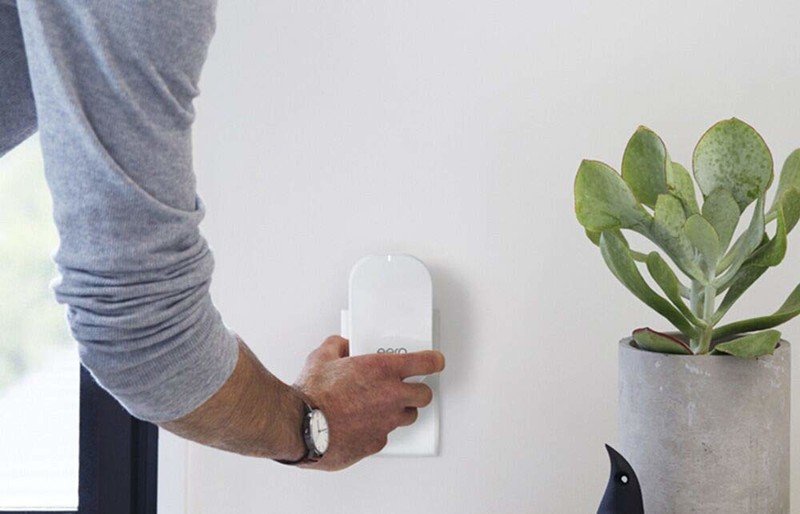
The Eero Beacon can cover up to 1,500 square feet but it will need to be paired with either an Eero or Eero Pro router. If you're planning your mesh network, the Beacon is a good fit for adding strength to your mesh without taking up much space. It's worth remembering it will need to connect to your Eero router's signal to be effective.
For an Eero mesh, the Eero Pro will have the greatest coverage and speed thanks to it's tri-band Wi-Fi. The standard eero matches the Beacon's dual-band Wi-Fi but has Ethernet ports on the back for an internet uplink and wired device. If you need a faster network, you can start it with the Eero Pro and use the Eero or Eero Beacon to fill in areas that don't need as much speed. The Eero matches the Beacon's 1,500 square feet of coverage while the Eero Pro can manage a bit more up to 1,750 square feet.
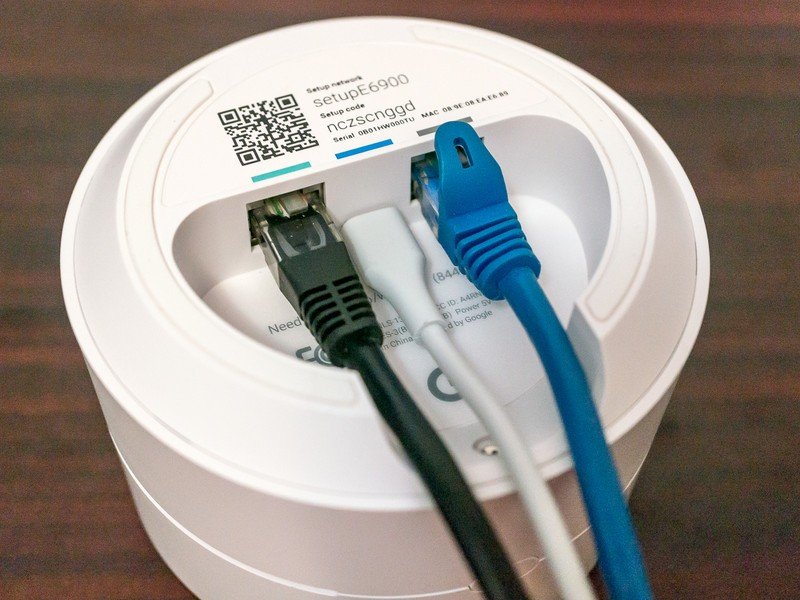
Google Wifi can work in tandem with other Google Wifi units or Nest Wifi routers. Nest Wifi routers offer greater coverage at up to 2,200 square feet and a higher Wi-Fi speed at AC2200 versus Google Wifi's AC1200 speed. If you were going to set up a network with both routers, the Nest Wifi should be connected directly to the modem to keep things as fast as possible.
To set up your mesh you will need to make an account with Eero or Google. For eero, you will need the Eero app available on Android or iOS. For Google Wifi you will need to use the Google Home app, also available on Android or iOS
Which makes the most sense for you?
If you already have an Eero or Google Wifi mesh in your home, you need to stick with the same brand for expansion. Google Wifi is a great start to a mesh network but if you need more speed, the Nest Wifi is worth a look with its improved speed and coverage. If you are planning your mesh, you should remember that Eero has the Beacon as well as the standard Eero and Eero Pro which can fill different roles in your network depending on how much space is available. For expansion, the Eero Beacon is one of the most compact and convenient mesh nodes on any system and it even has a night light.
When Samuel is not writing about networking or 5G at Android Central, he spends most of his time researching computer components and obsessing over what CPU goes into the ultimate Windows 98 computer. It's the Pentium 3.

